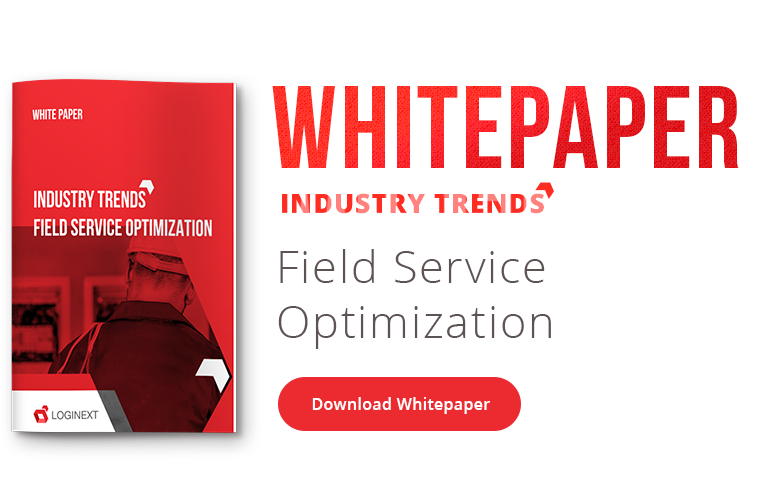Top Future Trends For 2025 In Field Service Management Explained!
I have made a point to read at least one research paper every fortnight, if not every week. This year I have read many white papers, the most prominent being Gartner’s Magic Quadrant, which came across more like a hypothesis, rather than a study. Previous editions of the same paper had far more insight that the latest one.
When I evaluate a research paper, I consider some very fundamental factors. As a professional, my time is a constraint in my endeavor to grow my intellect. I want a white paper that packs a punch in a limited time. I appreciate extravagant and extensive reports, but they must be focused. There is no point in bagging every concept under the sun, packaging it, and calling it a white paper. At the end of the day, it should transform my knowledge into something better.
I had the pleasure to evaluate one such white paper at LogiNext. Of all the papers I have read this year, this one takes the cake. ‘Industry Trends: Field Service Optimization’ is by far the most engaging piece of research I have come across in recent times. The concepts emphasized in the white paper have a little for everyone. Even a person from a human resource background would understand perfectly well all the facts and calculations of the white paper. I passed on the paper to a select few of my peers, each from a different background, and the response was overwhelmingly positive.
Getting back to my task, I evaluated the white paper on some very fundamental factors.
WIFM: What is in for ME?
This is the basest requirement of every product, service, interaction, and thought that a person has in the world, and more so when we are parting with our valued free time. There is always a trade-off of time with something, ideally, more valuable. So, what is the trade-off in this white paper?
I will list out some factors that it made the trade-off a great investment of my time (so much that I am compelled to write this review):
- I learnt brand new concepts such as the BISTA© Analysis, a part of wider concept, Consumer Expectation Stage (CES).
- I could relate to the different pain-points of managing and succeeding with a vast field workforce.
- I appreciated the solution pitch to all those pain-points and the detailed solution process followed thereafter.
- I felt excited reading the core concepts of Industry Score and analysis covering the competitive matrix of multiple industries (with field workforce management as a decisive success factor).
- I was amazed by the depth of calculations involved in the future projections for the growth of all these industries, backed by conceptual analysis.
- I highly appreciated the conclusive analysis of the industries up until 2025, backed by precise mathematical equations.
- I was particularly impressed with the in-depth comparison chart of enterprise deployment options at the end.
I learned a lot from this report, and I am sure that other people that download would agree.
The white paper answers some of the basic questions revolving around field service management.
- Do I need an extensive field workforce to achieve greater sales or service fulfillments?
- Do I need to optimize my current workforce to increase efficiency?
- Where does my company figure in the industrial development chart?
- Where do my competitors fit in the overall industry development chart?
- Which direction is my industry moving in, in terms of innovation?
- How would my industry evolve in the next 10 years?
- What do I need to do in these 10 years to increase my chances of becoming an industry leader?
- How would technology help me in attaining my goals?
- How would the ‘correct’ choice of technology implementation save me from escalated deployment costs?
Have a go at this white paper over the weekend, and you find most of your questions answered.
279 2







I am satisfied with your information and suggestions they very help us. Thanks for sharing this tips with us. You made a good site it’s very useful to us.
Pingback: LogiNext-Blog | Field Service Optimization and Management– The Latest ‘O’ on the Block